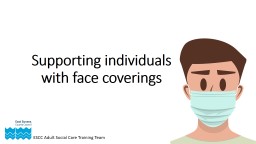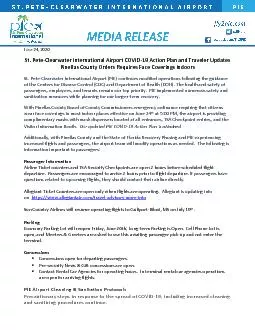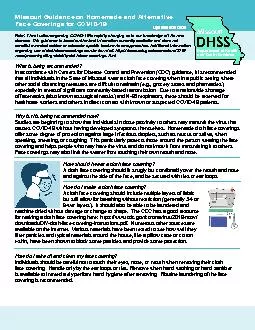PPT-Supporting individuals with face coverings
Author : daniella | Published Date : 2024-02-02
ESCC Adult Social Care Training Team Aim To know how to support individuals to become familiar with wearing a face covering Outcomes By the end of this session
Presentation Embed Code
Download Presentation
Download Presentation The PPT/PDF document "Supporting individuals with face coveri..." is the property of its rightful owner. Permission is granted to download and print the materials on this website for personal, non-commercial use only, and to display it on your personal computer provided you do not modify the materials and that you retain all copyright notices contained in the materials. By downloading content from our website, you accept the terms of this agreement.
Supporting individuals with face coverings: Transcript
Download Rules Of Document
"Supporting individuals with face coverings"The content belongs to its owner. You may download and print it for personal use, without modification, and keep all copyright notices. By downloading, you agree to these terms.
Related Documents














